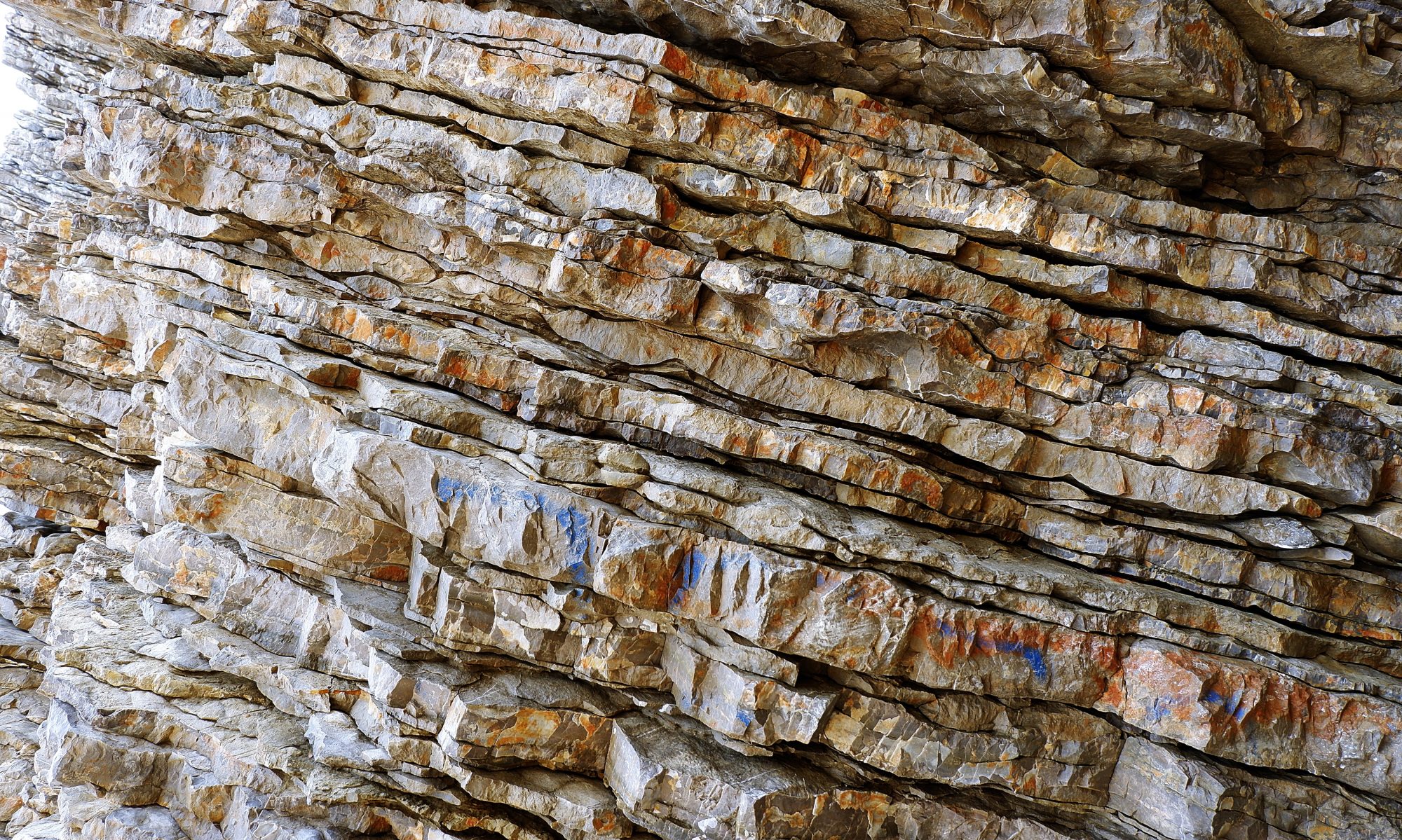Measurement protocols: the S.A.R. (single aliquot regenerative dose protocol) is routinely employed to measure the luminescence response, from quartz and K-feldspar minerals.
The luminescence dating instruments are routinely calibrated against the Risø calibrated quartz. The high-resolution gamma spectrometer is routinely calibrated against four reference materials supplied by the IAEA (International Atomic Energy Agency; IAEA-385, IAEA-RGU-1, IAEA-RGTh-1, and IAEA-RGK-1).
For samples submitted to the lab for analysis, a detailed report is provided that describes how the samples were prepared, measured, and analyzed, along with analytical responses and calculated material ages.
Short-lived radionuclide dating
Short-lived radionuclides—such as lead 210, cesium 137, and beryllium 7—are useful for measuring burial ages covering the last century. This technique also can quantify modern sedimentary processes. It is usually applied in lacustrine environments but may also be used in fluvial deposits.
For beryllium 7, you must contact the lab before retrieving a sample due to its very short half-life (53 days).

